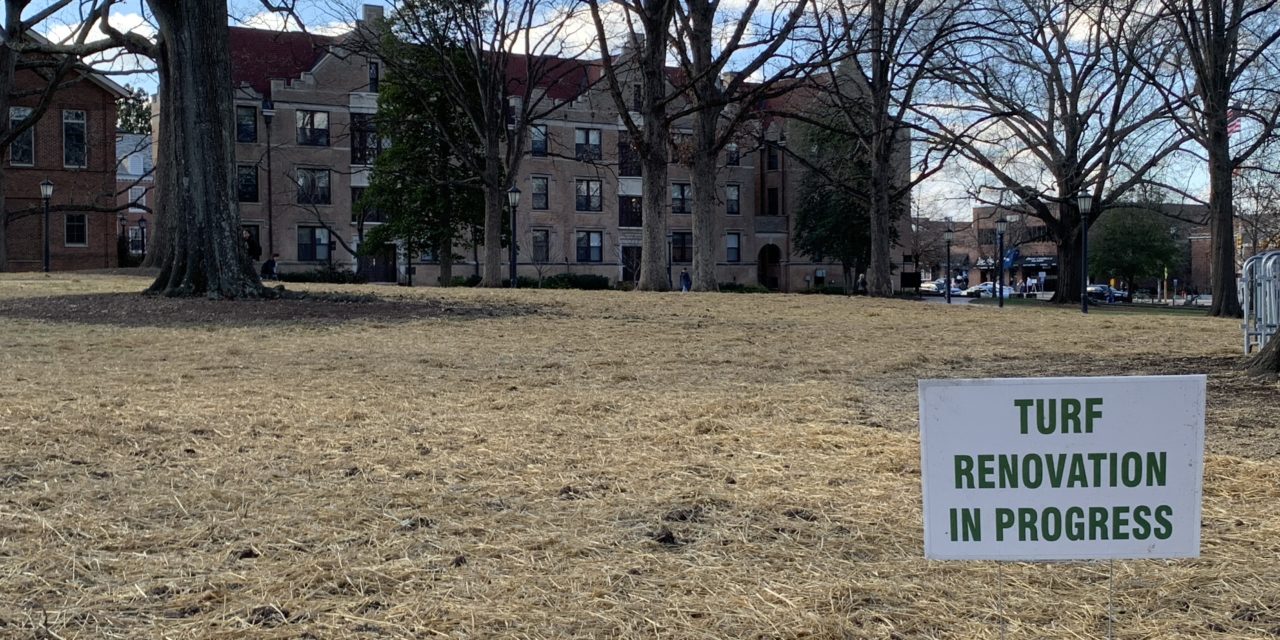The UNC System released on Friday an after-action report conducted in review of the Silent Sam Confederate monument being toppled on the UNC – Chapel Hill campus last August.
Barricades were not used to prevent protesters from getting close to the monument. After the rally started across Franklin Street at Peace and Justice Plaza, the protesters walked large banners up to the monument and placed them around the statue. Several hours later, the statue was pulled down from its pedestal.
That prompted thought by some that police were told to allow the protesters to take down the statue.
But the after-action assessment conducted by Parker Poe law firm found “no evidence of a conspiracy between UNC-CH and any protesters or any other individuals to remove Silent Sam.”
The report says that “to the contrary” UNC Police “take their obligation to protect the safety and security of their campus seriously and are committed to finding way to improve.”
The assessment advises that campus police need to reevaluate how the department plans and responds to protests.
“Rather than small, student-led demonstrations, UNC-CH faces an increasing threat from outside protest organizations and highly organized, non-student groups and networks who are not associated with UNC-CH and do not have the best interests of the UNC-CH’s community in mind.”
The report goes on to say that three areas were identified as playing some role in the “forceful removal” of Silent Sam: ineffective reporting structures and communications practices between senior administration leadership and the UNC-CH police, inadequate event planning and failure to synthesize and assess pre-event information and the lack of a formal protocol regarding decision-making responsibility for law enforcement related matters.
After the statue was removed, several subsequent rallies brought groups with opposing views of the monument to McCorkle Place. The remaining base of the monument was then removed in mid-January on orders from then-Chancellor Carol Folt. The UNC System Board of Governors then accepted Folt’s resignation as of January 31. Five members of that board are now working with the campus to develop a recommendation for the future of the monument by mid-March.
You can read the full after-action report here.
Related Stories
‹
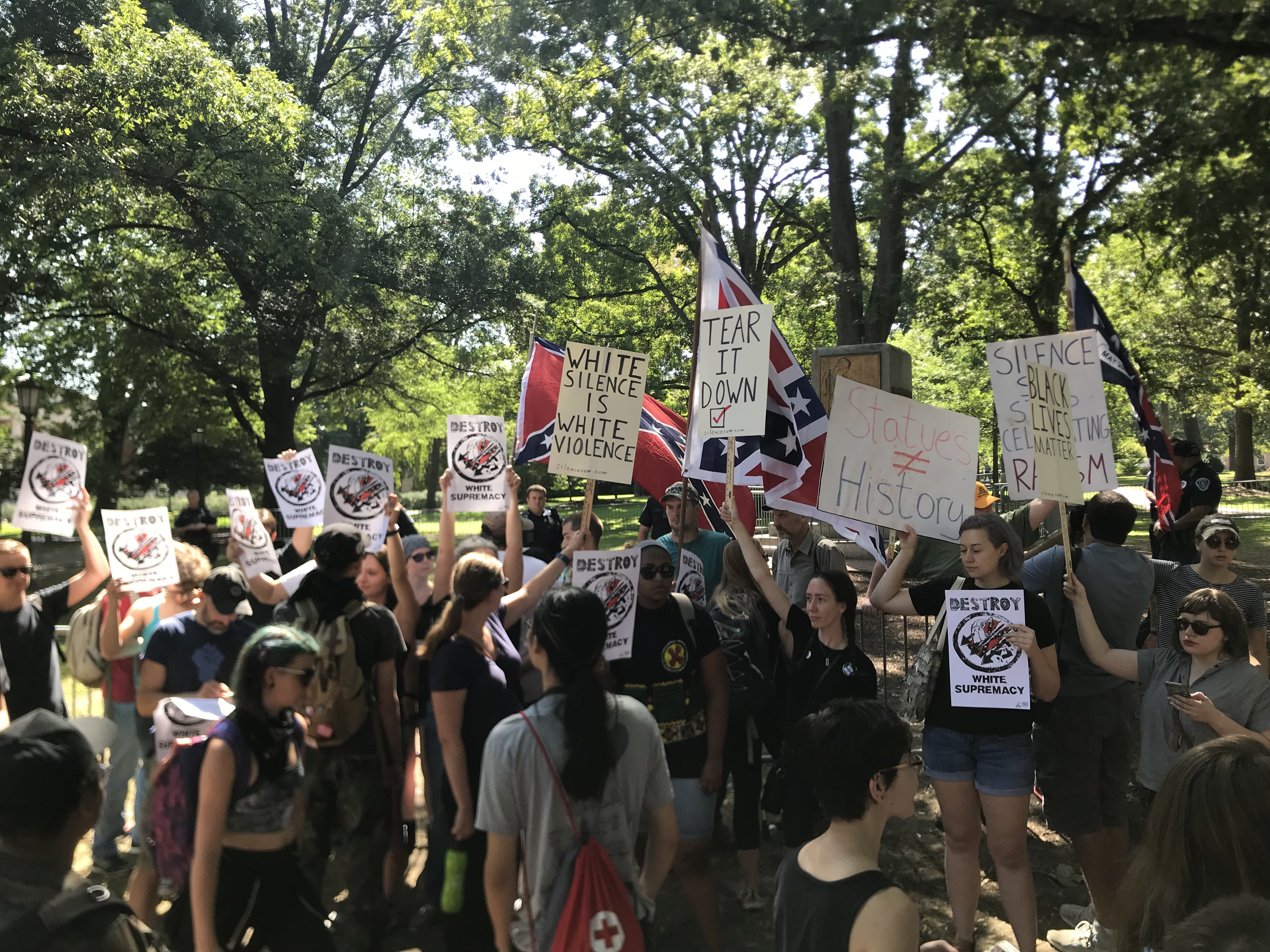
Chapel Hill to UNC: Relocate Silent Sam Away from the TownChapel Hill Mayor Pam Hemminger and members of the Town Council sent a letter to UNC following the voided lawsuit between the university and a pro-Confederate group. Last week, Judge Allen Baddour ruled that the Sons of Confederate Veterans lacked evidence to prove the group had legal standing to bring action against the UNC System and dismissed […]
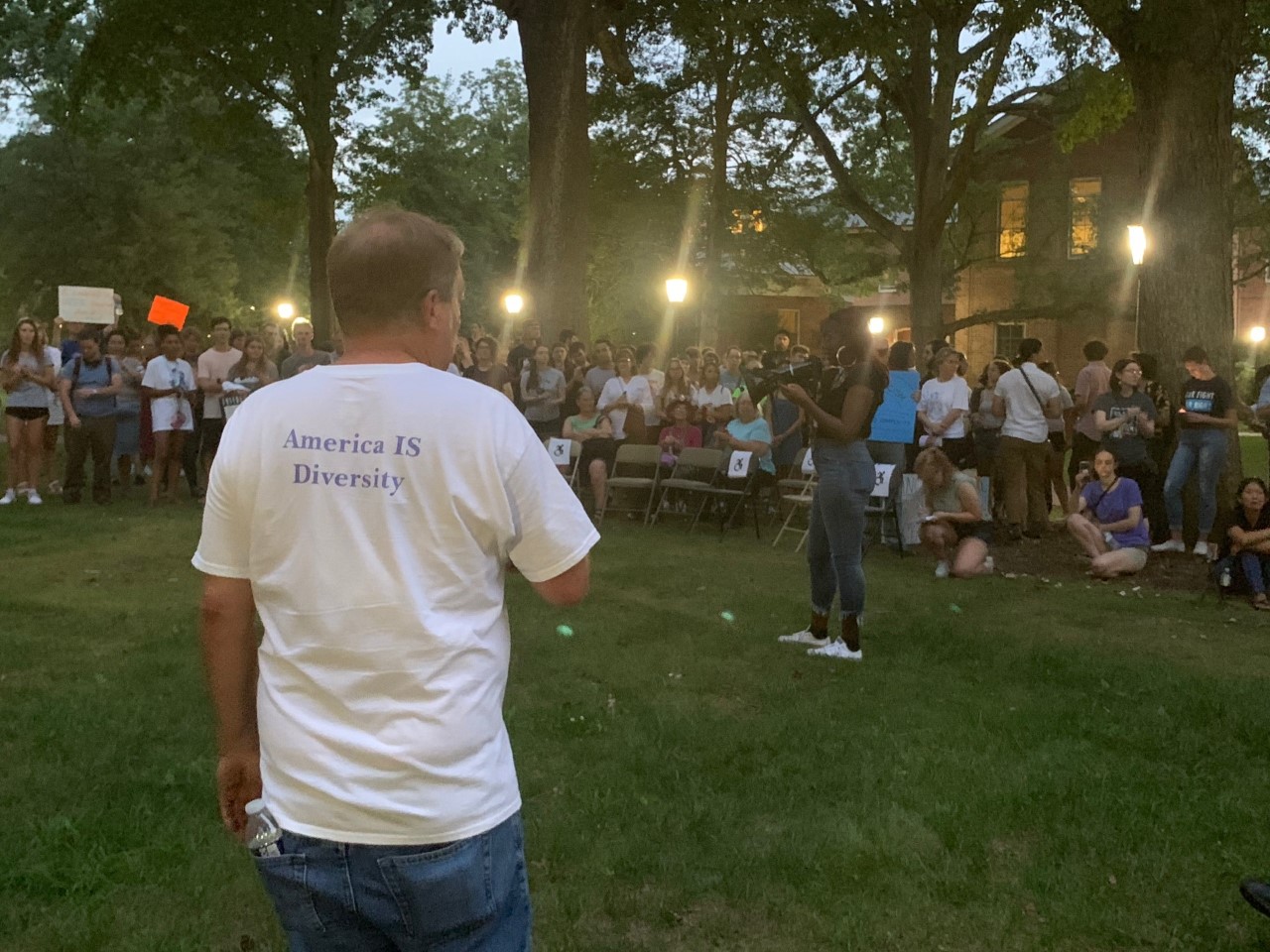
Groups Celebrate Anniversary of Silent Sam Toppling at UNCSinging and chanting started a rally Tuesday night celebrating the one-year anniversary of the Confederate monument on the UNC campus known as Silent Sam being toppled by protesters. A coalition of groups organized Tuesday’s event, including a land acknowledgment from a member of the Carolina Indian Circle and remarks from Barbara Sostaita with UndocuCarolina – […]
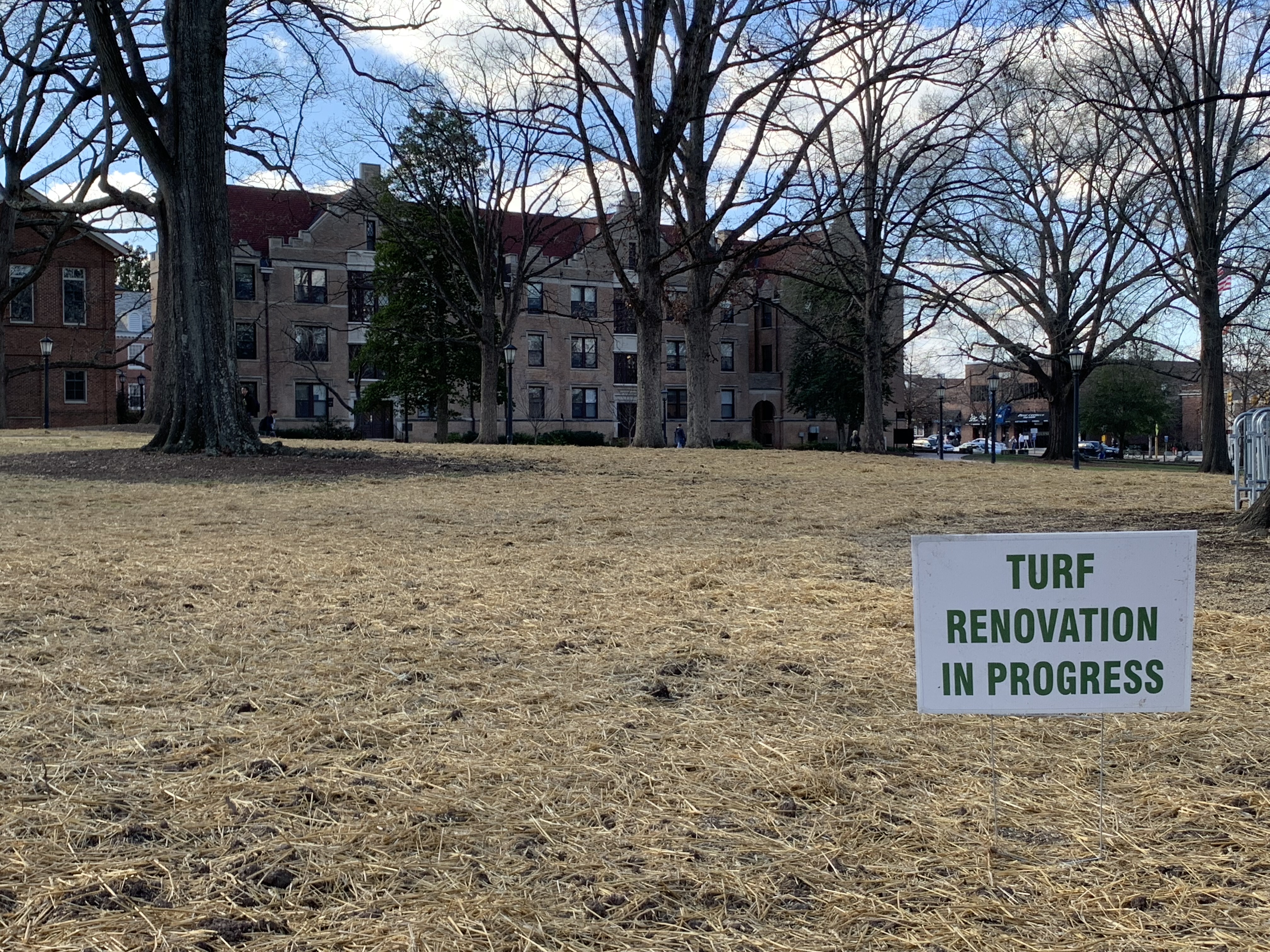
Silent Sam Decision Clouding Start of UNC Academic YearProtesters pulled the Confederate monument known as Silent Sam down from its pedestal on McCorkle Place on the UNC campus one year ago. But the monument’s future – whether on or off campus – is still undecided. That event on August 20, 2018, was the culmination of protests calling for the university administration to remove […]
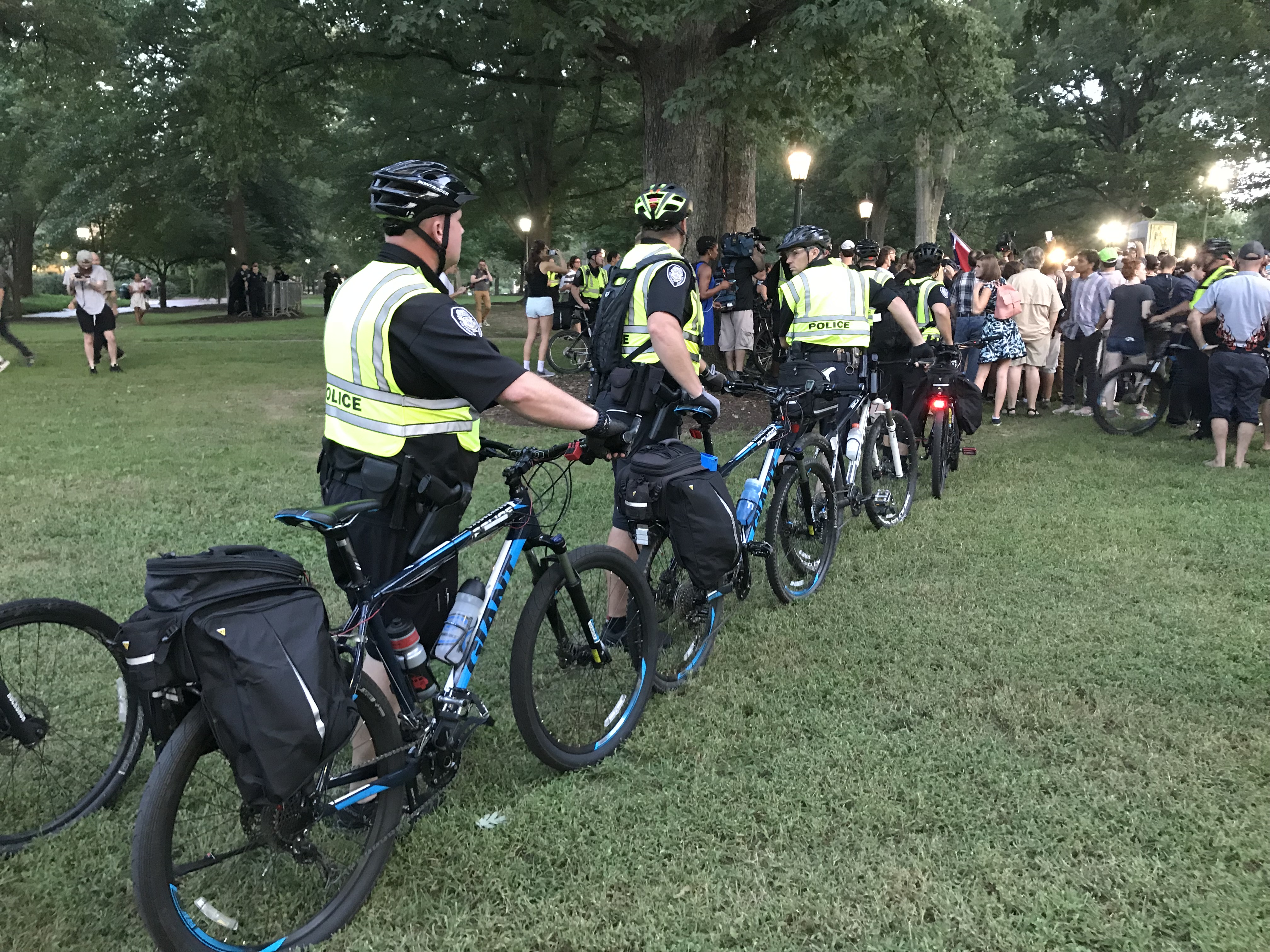
Silent Sam Decision Looms Over UNC, Search for Police ChiefJeff McCracken’s retirement as UNC Police chief, which was announced earlier this year, is effective Monday, and the university has named Thomas Younce as his interim replacement. UNC – Chapel Hill Board of Trustees chair Haywood Cochrane said after a special meeting of the board last Thursday that the national search for a permanent police […]

After Tumultuous Academic Year, UNC Board Still Divided on Silent SamWhile the Confederate monument known as Silent Sam wasn’t officially on the agenda for Wednesday’s meeting of the UNC System Board of Governors, it was still on the minds of many at the meeting. The initial mid-March deadline for a new plan for the statue that stood on the UNC – Chapel Hill campus for […]

UNC Governors Will Not Discuss Silent Sam at May MeetingContinuing a series of delays, the UNC System Board of Governors will not discuss the future of the Confederate monument on the UNC – Chapel Hill campus known as Silent Sam at the board’s May meeting. Board chair Harry Smith made the announcement Tuesday afternoon. “In early March, we set the May meeting of the […]

UNC, Chapel Hill Planning for Possible Demonstrations SaturdayOfficials from UNC and the Town of Chapel Hill are preparing for the potential for demonstrations in downtown where the campus and town meet on Saturday. The UNC administration sent a message to the campus community on Friday that said the university “is preparing for the possibility of opposing demonstrations on and near campus.” The […]
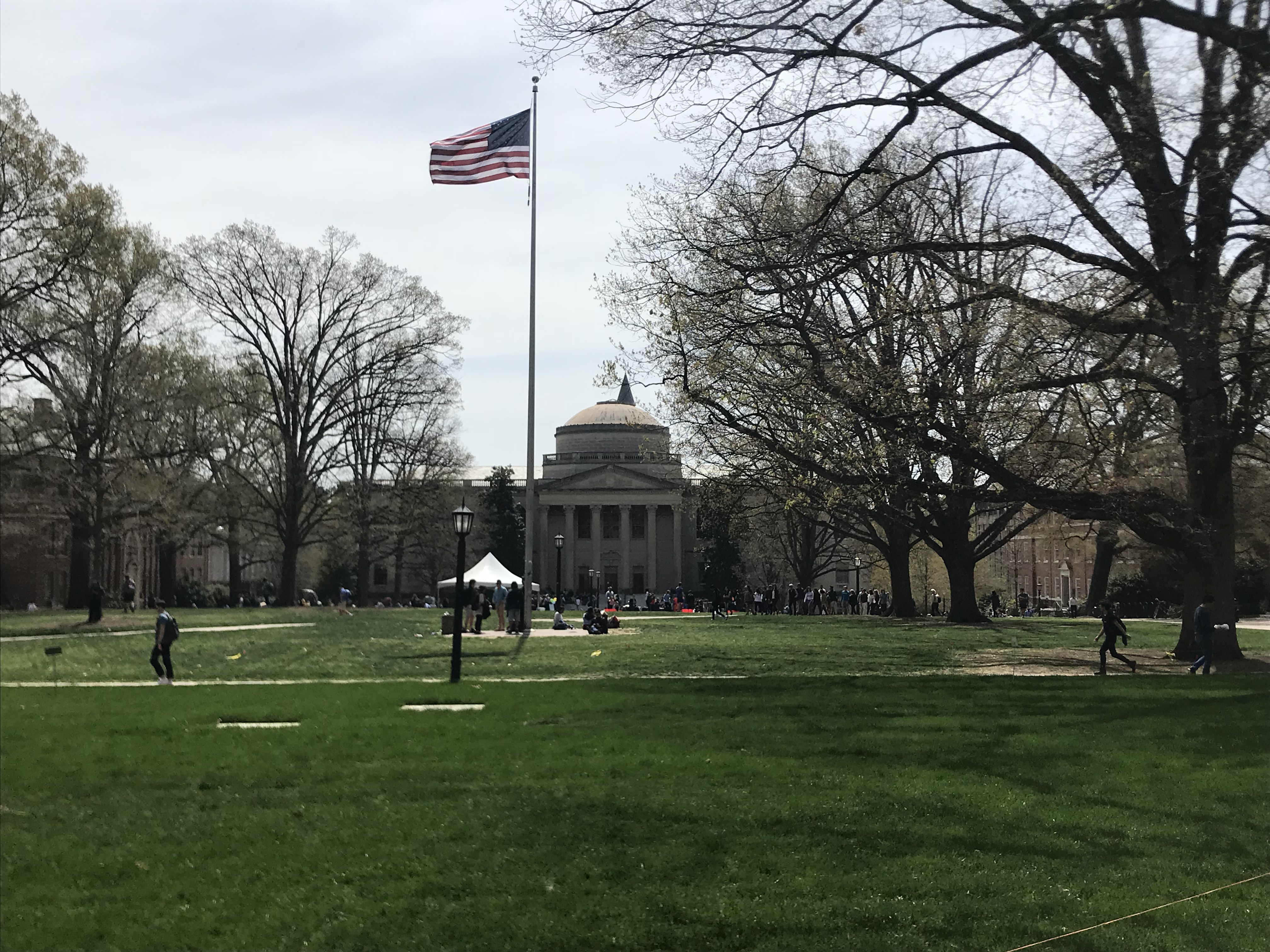
UNC Chair Says Faculty had Good Meeting Discussing Silent Sam with Board of GovernorsLeslie Parise announced late last month that she would be stepping down from her role as faculty chair. She joked during her address to the Board of Trustees University Affairs committee on Wednesday that leaving two years into the three-year appointment was fitting with recent university turnover. “Because, as you know, interim is kind of […]
![]()
UNC Police: 'Permanent Marker and Urine' Used to Deface Unsung Founders MemorialUNC Police have sworn out warrants for two suspects wanted in connection with two “racist actions” on the campus on Sunday. Authorities on Monday afternoon released incident reports for the two instances. The suspects used “permanent marker and urine” to vandalize the Unsung Founders Memorial on McCorkle Place. An outdoor art installment near the Hanes […]

UNC Investigating 2 'Racist Actions' on Campus SundayUNC Police are investigating multiple “racist actions” that were carried out on the campus on Sunday. “Two individuals defaced the Unsung Founders Memorial, writing racist and other deplorable language on it,” interim chancellor Kevin Guskiewicz wrote in a message to the campus Sunday evening. The Unsung Founders Memorial was a donation from the class of […]
›

